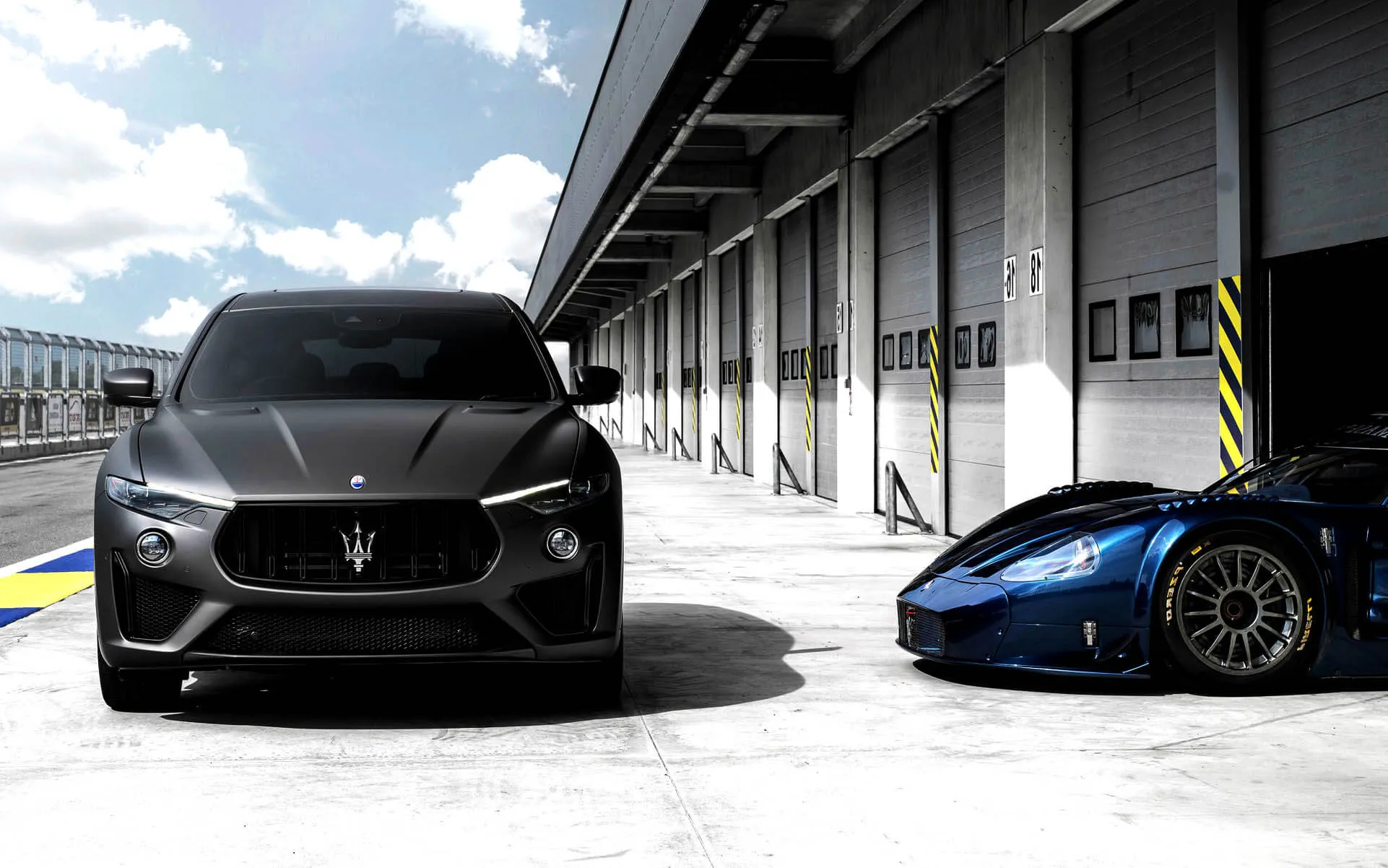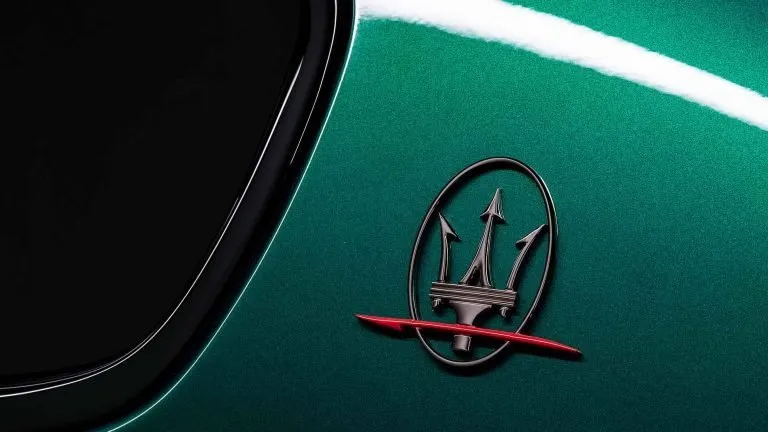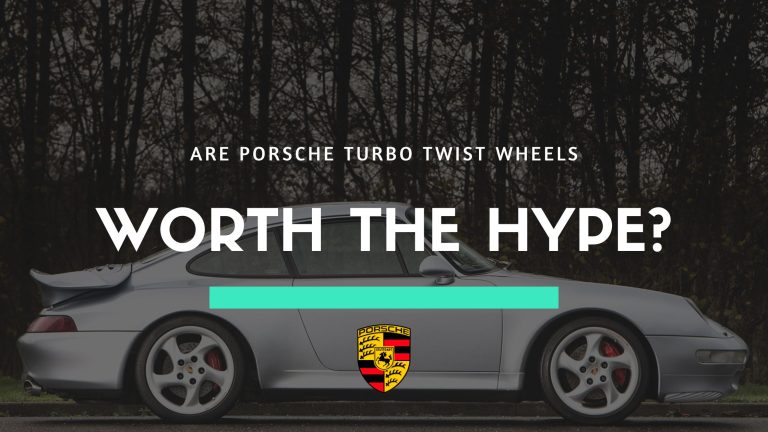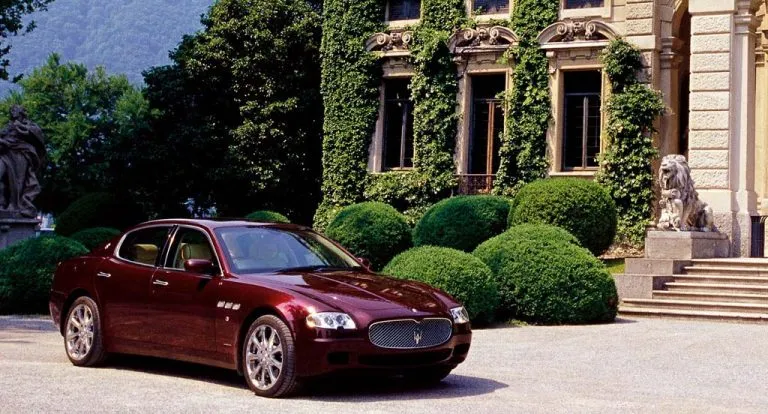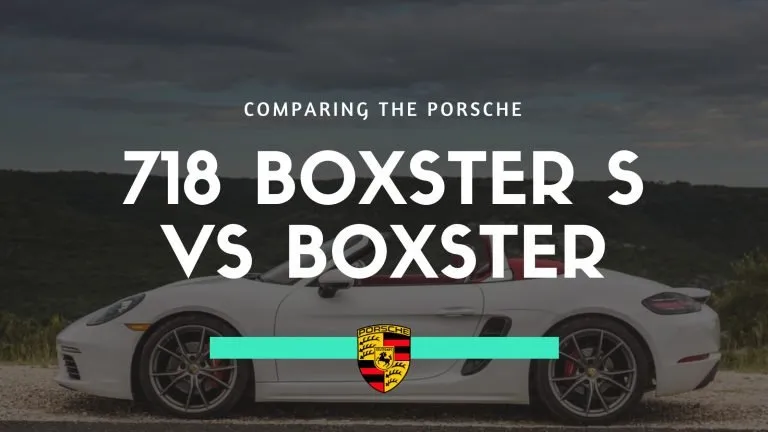2017 Maserati Levante – The Italian Luxury SUV Review
It is probably no surprise that Maserati, the luxury Italian manufacturer of high performance cars, would eventually dip its toe into the pool of SUV’s. And it is probably no surprise that it was not so much of a ripple on the water but a full blown splash they caused with their entry. When the 2017 Maserati Levante first appeared it turned heads and garnered great reviews. This new design model would slip easily into the rest of the Maserati production line and hold its head up alongside its more illustrious and racier companions.
But how did a brand, known for its high performance racing sports cars, get involved in producing oversized urban vehicles that seat five? To understand this, we must do some historical digging and see how the world’s driving options drastically changed towards the end of the last century.
The Rise of the SUV
It would be during the 1990’s that this motoring hybrid first made its most impactful appearance. Little by little all major mass production manufacturers were now offering this as one of their showroom options. Actually, if we go back earlier, the first real SUV of note would be the Jeep Cherokee. Their 1984 model proved to be a great success with the buying public though no other brand had caught on at that stage. Jeep revamped this model and introduced the Grand Cherokee in 1993. This would slowly open the floodgates for other manufacturers to try their hand at it.
Sales began to balloon and would eventually outstrip the sales of sedans; by 2017 world sales of SUV’s totaled 36% of the entire motor vehicle market. In recent years, some brands have actually stopped producing most of their sedans as they get replaced by SUV’s in various sizes and formats.
Trust the Germans to Think of it First
The market had not tapped the high-end luxury bracket for the first few years but eventually they would crack too. The allure of making some serious money in auto sales outweighed any bias they may have felt to the oversized rough road rambler. In 2003, Porsche would take that very risky step and introduced the Cayenne. This proved to be an instant success and became a stalwart of their production line – bringing the manufacturer back into profit. This event was not lost on the other leading motoring brands.
The last few years we have seen every notable European luxury brand develop their own SUV range. Our “mid-range” luxury brands of Mercedes Benz, BMW and Audi all made an impression here. From the UK, while Range Rover were redefining their existing SUV models, Aston Martin and Jaguar both created high performance varieties and even Bentley and Rolls Royce entered the market as well. In Italy we would see both of the sportscar brands of Lamborghini and Ferrari announce and introduce their take on the SUV with great fanfare.
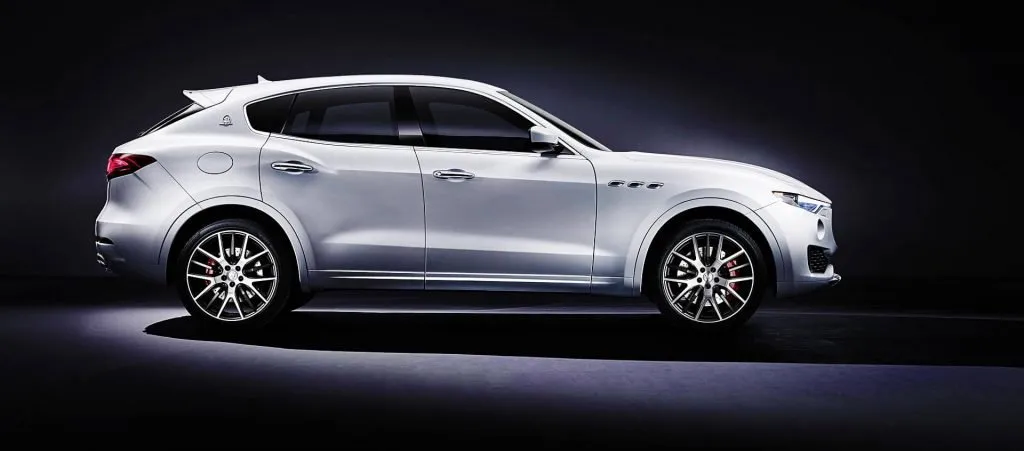
2017 Maserati Levante
So, in 2017, it would be the turn of Maserati to introduce their version of this vehicle. But this would not be some hastily fabricated model to cash in on an, already, maturing market. The company had spent the last 13 years on its development. Inklings of its inception were apparent as far back in 2003 and 2011, when the Kubang concept car had been unveiled, though this would not be the direction they took with the model.
Using the Ghibli as the basis from which to work from, they went about improving the performance of the new SUV. This is not so much as creating a whole new sports utility vehicle but reinvigorating one of their existing performance cars. With the same Ghibli 3 liter twin turbo V6 engine, they increased its horsepower by 20 bhp and offered two versions of the engine (345 bhp & 424 bhp) which made its acceleration close to the Ghibli’s. The “smaller” engine hit 0-60 in 5.8 seconds while the larger made it in 5.0 seconds with a top speed of 164 mph. There is even a diesel version of the 2017 Maserati Levante but, as you would expect, provides the driver with a much reduced performance level. But, of course, the diesel provides a much better fuel economy.
Other improvements they have made on the original Ghibli is the throttle response. The eight-speed automatic transmission (again from the Germans, ZF, who have been working with the Italians for 50 years) can quickly downshift to thrust the revs up and increase torque. Its steering also set it apart from the others, as it shunned the electrical version, and stayed with the hydraulic assisted instead. This leaves the Levante with a more sports car feel to its driving and better feel from the front wheels.
The 2017 Maserati Levante has also improved upon the Ghibli’s specialized suspension system – ‘Skyhook’. It now incorporates five ride-height settings which allow the SUV to be raised up to 9.7 inches above the ground. But the real challenge was how to offer different suspension settings for when the Levante was driven at speed on normal roads and when the SUV required a softer suspension when going off-road. The only way this could be managed was to have computer controlled springs and dampers.
This led to another crucial issue – when the SUV would require all wheel drive. For this, Maserati created a permanent all-wheel drive system called, Q4. The rear axle always engaged and, when desired, the front axle can be engaged via a computer controlled multi-plate clutch that is attached to the transmission. Fuel consumption is less than its direct competitors; urban driving gives it 14 mpg while on the highway the Levante makes 20 mpg and the Levante S gets only 19 mpg.
Quality Inside & Out
As you would expect, the interior of the 2017 Maserati Levante is as sumptuous as any of their other models. Firstly, they were able to improve on the comfort of the Ghibli’s seats with both front and back seeing definite benefits. The interior is encased in fine leather and French stitching which is standard in both models. There is even a “special edition” by the Italian fashion house, Zegna, that sees the subtle installation of silk material in certain areas of the cabin.
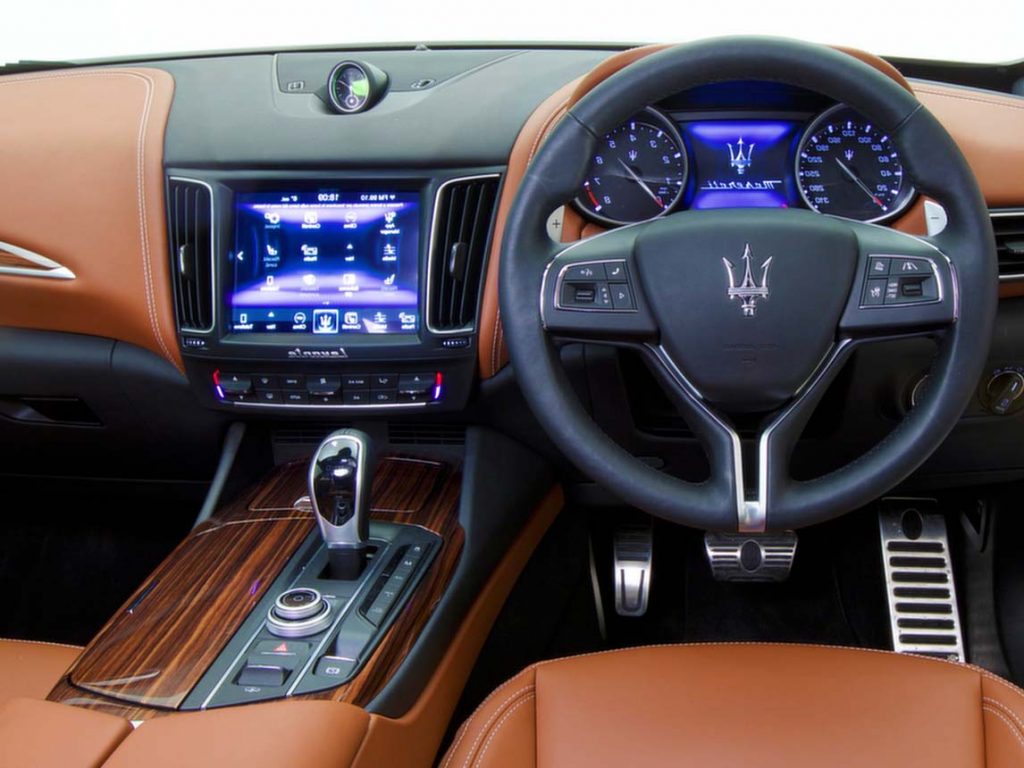
The infotainment system is of a high standard too. The 8.4 inch touchscreen offers everything from: satellite radio; navigation; bluetooth; Apple CarPlay; Android Auto and two rear USB ports. The standard setting for the speakers are as an eight piece but there are upgrades available. Choose from the 14 piece Harman Kardon premium surround sound system or, if that is not enough, the 17 piece premium surround sound system. After being heavily criticized for their earlier attempts at in-car entertainment systems, they were making sure to cover all the bases. Maserati did introduce a control knob on the central panel (near to the gear stick) and this got some critics prissy as it wasn’t an original Maserati piece but taken from Chrysler instead.
As befitting a true Maserati, there are two different driving modes available; one more than the original Sport versions. The first expands on the throttle and transmission, thus giving the snarl of the engine more bite, while the second firms up the suspension in anticipation for the higher speeds.
Trust in the Trident
Maserati would play a huge gamble or, more probably, a very astute assessment of the SUV market and their own well established position in the world market. Rather than producing the Levante on any of their usual production lines and knocking out models at different locations, they created a dedicated production facility at their Mirafiori plant. They were hoping on the fact of selling 30,000 units per year so this could have been a very big risk to the company.
But, in hindsight, it was not much of gamble at all. Breaking into the SUV market by 2017 already saw this segment being the #1 buyers’ choice around the world. With the fact that other luxury brands had already become well established over the last 14 years, thanks to the German brands of Porsche, BMW, Mercedes Benz and Audi, they should have felt very confident at their own chances. Coupled with the fact that the Maserati brand had also established itself as one of the best luxury brands in the world. So putting these two factors together was actually a “no brainer” and was destined for success.
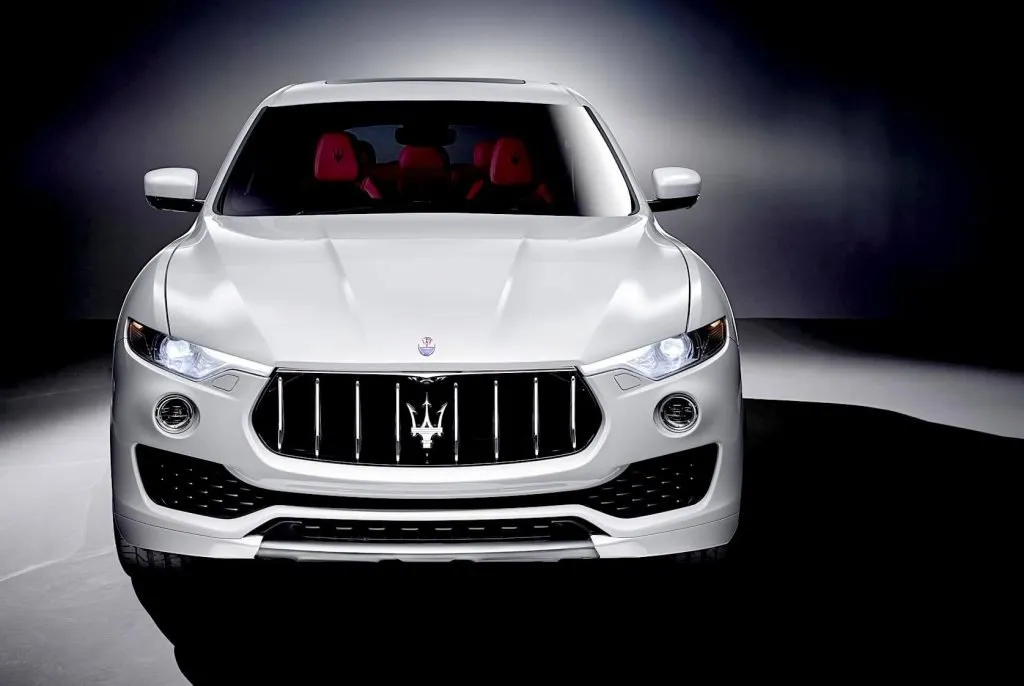
The second hand market for this model still shows great potential. With “base” models selling for under US$40,000 while the Levante S reaches up to US$55,000.
Despite its short history in the world of SUV’s, the 2017 Maserati Levante has already set the bar for what a luxury SUV should provide. As the company, rather boldly, stated: the Levante is, “the Maserati of SUV’s”. But, it is not really surprising that an Italian motor company that takes such pride in its craftsmanship would produce something as urbane as a SUV and turn it into something quite special.

